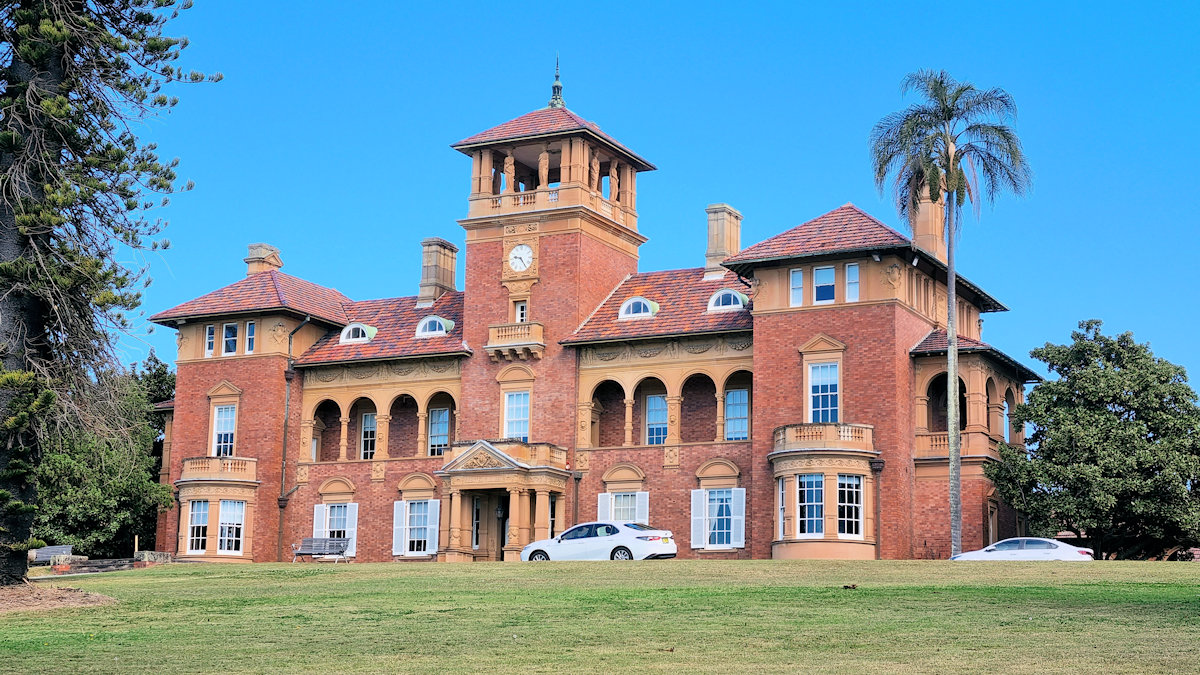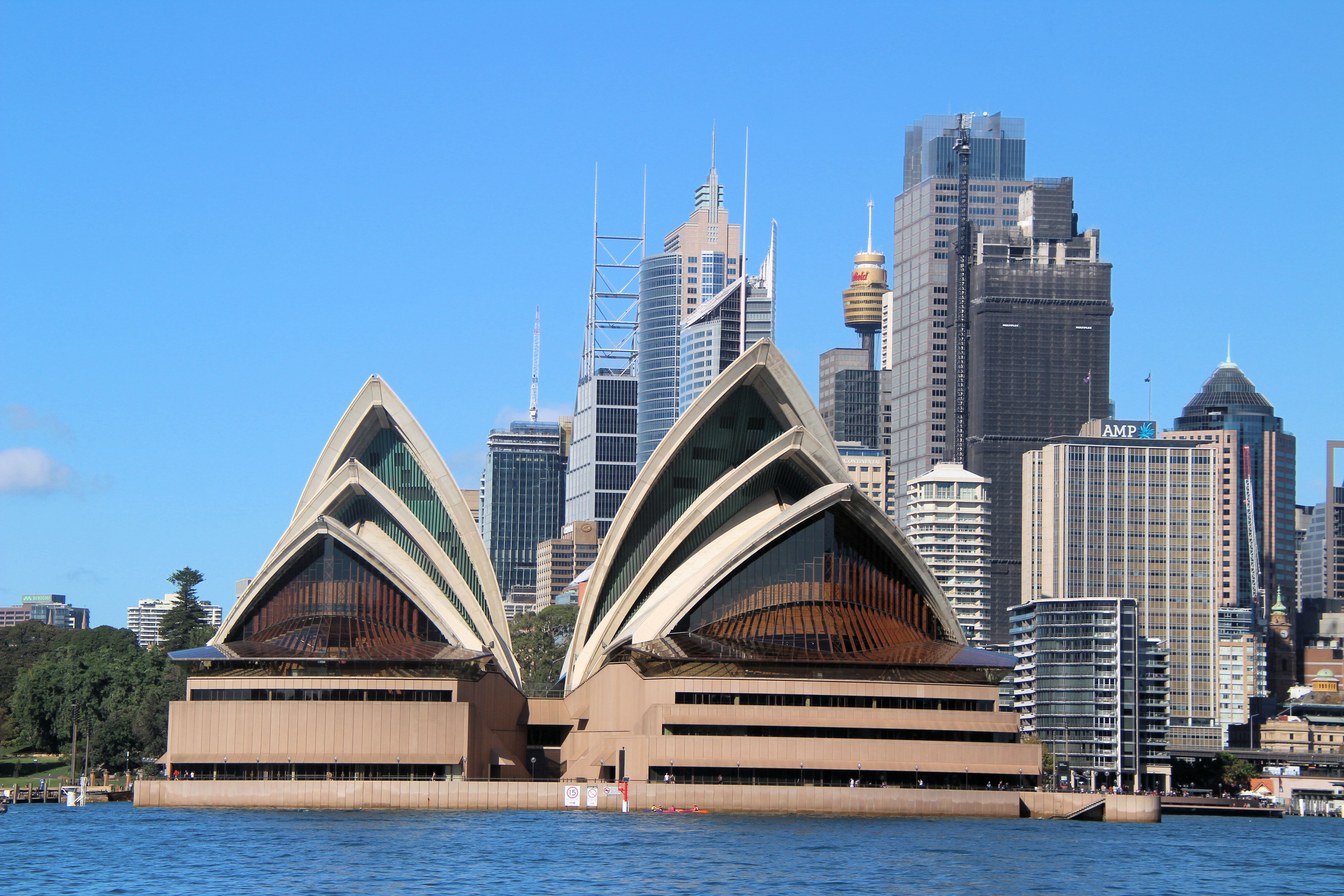Category: Building
Building
-
Rivendell School Sydney Australia

Rivendell School Sydney Australia History Opened on 21st September 1893 what is now Rivendell School was originally the Thomas Walker Convalescent Hospital. Built from money from Walker’s will, the hospital treated over 70,000 patients convalesced at the hospital, including servicemen from the 1914-18 and 1939-45 World Wars. In 1977, the hospital was transformed into a… Read more
-
Manly to North Head Walk
Manly to North Head Walk The walk from Manly to North Head takes you past some beautiful beaches with views over the coast, through coastal scrub and passes old fortifications. Finally ending at the entrance to Sydney Harbour, it has spectacular views of the city. Getting There The easiest way to get to Manly is… Read more
-
Bradfield Park North Sydney

Bradfield Park North Sydney Located partially beneath the Sydney Harbour Bridge, Bradfield Park is a publicly accessible park in North Sydney which provides magnificent vistas of the harbor, Circular Quay, and the Sydney Opera House. The park, named in honor of John Bradfield, the renowned engineer responsible for the bridge’s design, encompasses a playground, picnic… Read more